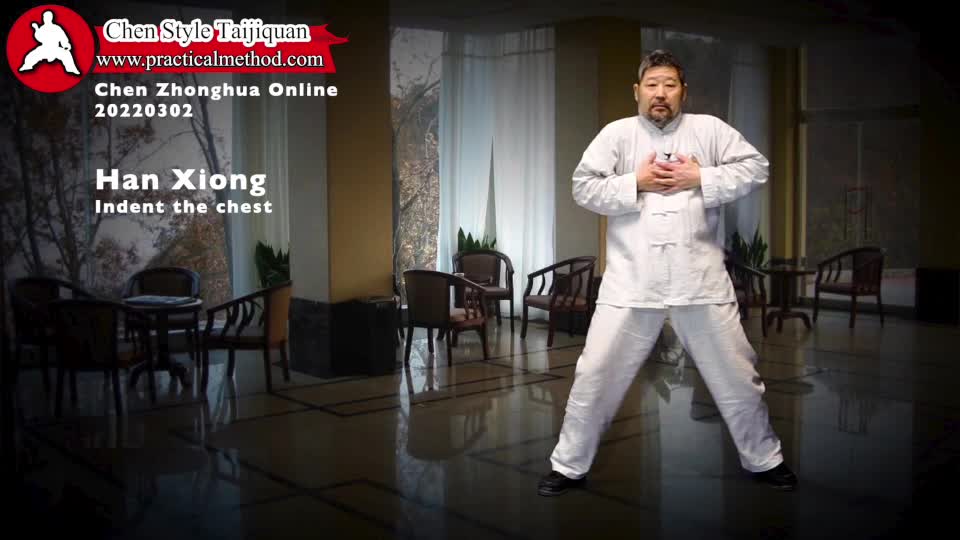
Presenter: Chen Zhonghua Length: 0 mins Difficulty: 3/5 Language: English
Year: 2022 Location: Edmonton Chen Zhonghua Taiji Academy
Han Xiong (Indent the Chest, Cave in the chest) is a major body part adjustment in Chen Style Taijiquan Practical Method training. By doing this exercise, the body can be re-calibrated to fully function in Practical Method movements and structure.
Instructions for course students. Please watch this, practice it and submit assignment in the assignment area.
If you cannot find the assignment, it means you are not part of the course. You can sign up for the class through your local instructor or by contact us at 1684987990@qq.com
The full video can be purchased below:
"Chen Zhonghua Online Lesson 20220302" Online Video Purchase
If you like this video, there is an even greater value in purchasing one of the packages below.
Purchase 2022 Full Year Online Class Video Package
Purchase Theory-Body Part Video Package
NOTE:
- Video packages are designed for the convenience of students.
- Some packages are in fact classifications of videos.
- Some videos in packages might have been published and purchased by you individually.
- Average prices of videos in packages are considerably lower than individual videos. The number of videos in the package will increase until the sum of all individual video prices equal to two times or more of the package price.
- In view of this, if you have purchased a video that are also included in a package your have purchased, or vice versa, we will not give refunds or equivalents.
- All videos in packages are paid videos. They are restricted to your personal viewing and other usage. You do not have copyright of the videos and therefore you do not have permission to give/share with others.
- Please note that as a customer/user of the website and/or student of Chen Zhonghua, you have given him and the companies/organizations he represents permission to use videos or photos with you, both personally and commercially.
- Making a paid purchase constitutes agreement to the above terms.
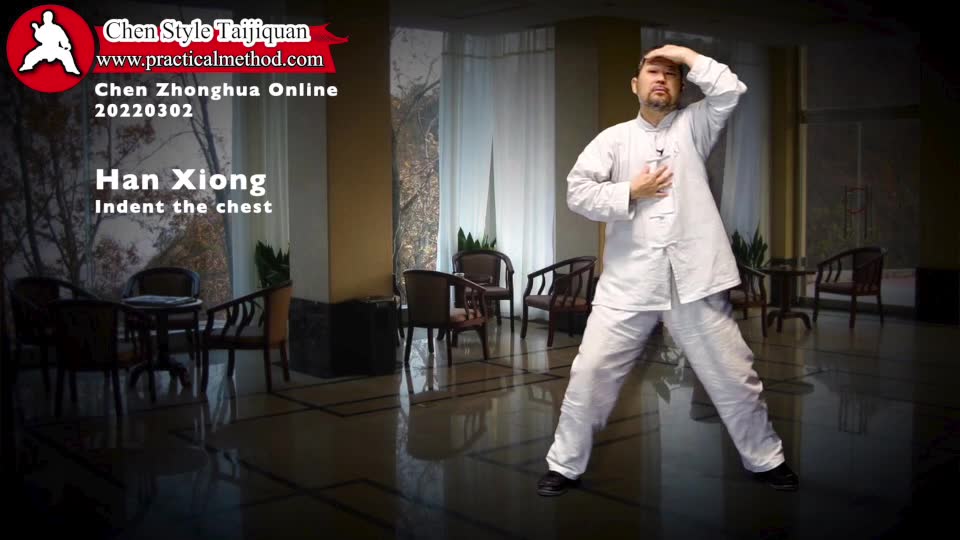
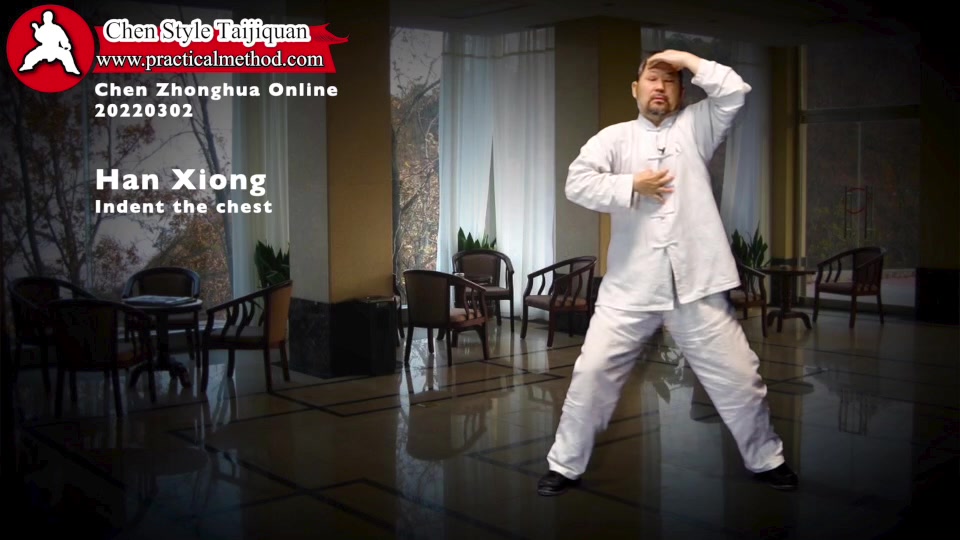
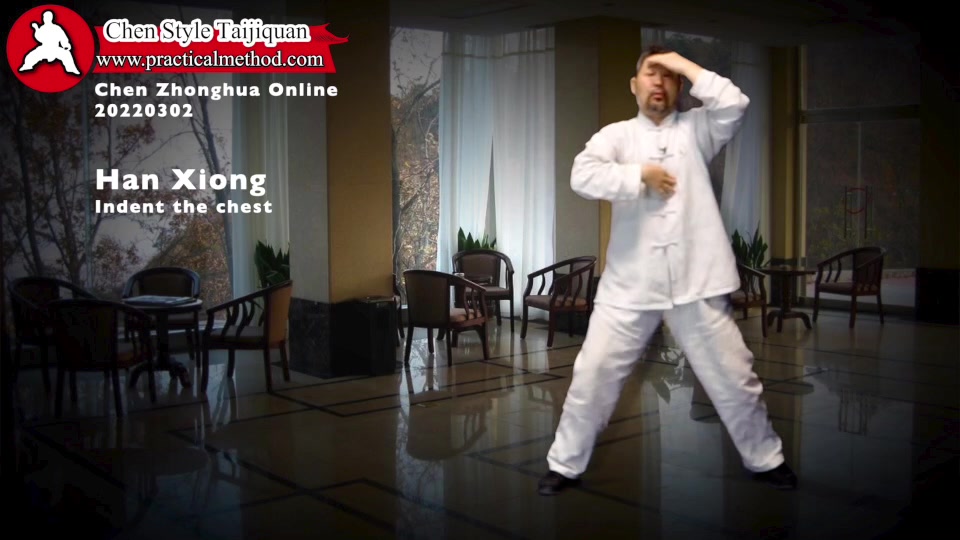

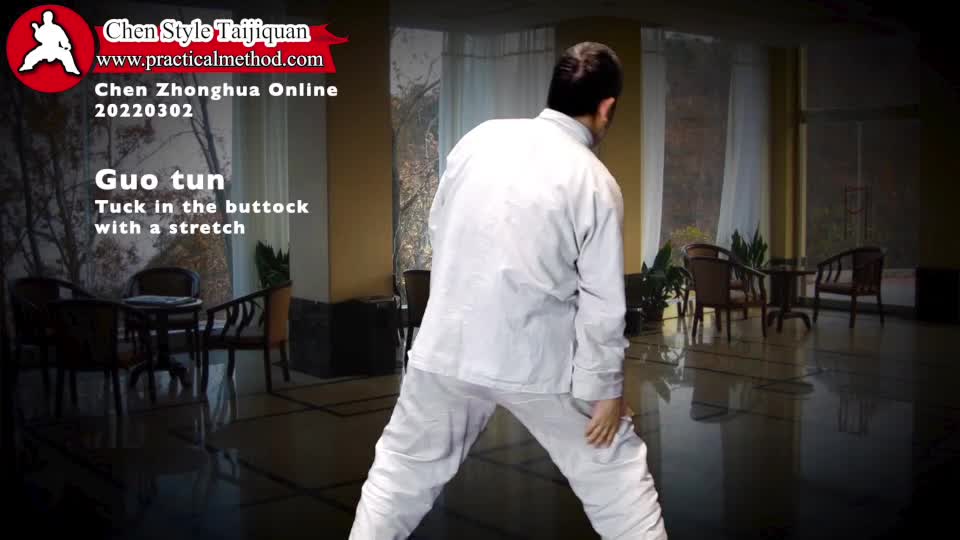
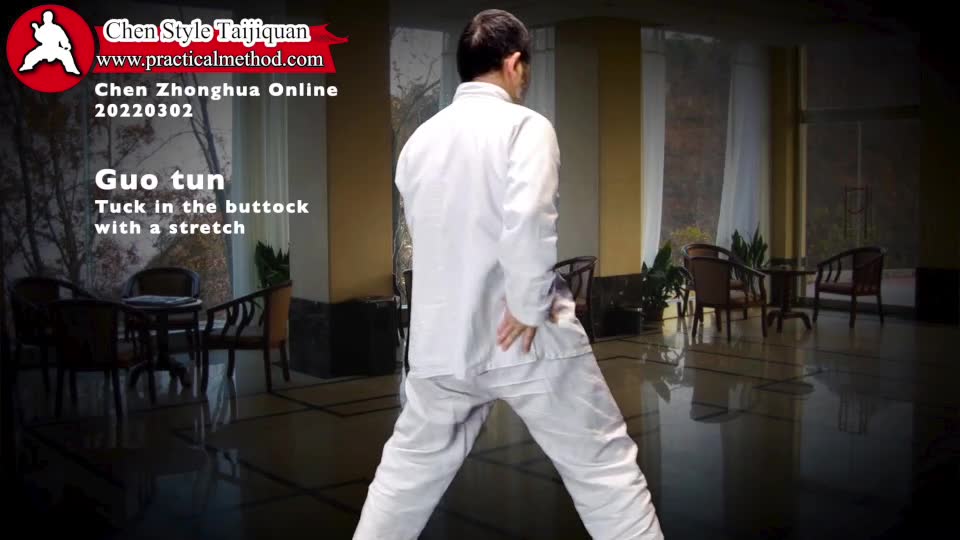
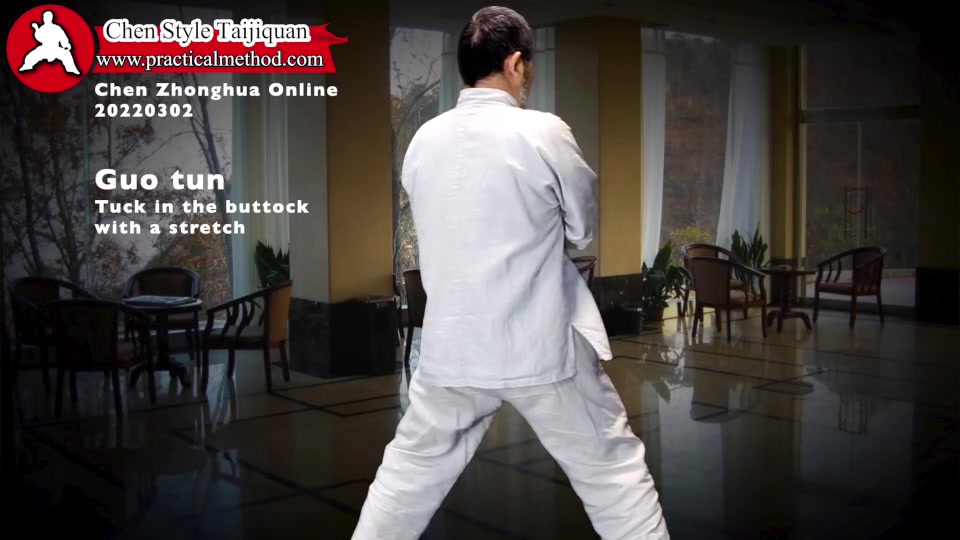
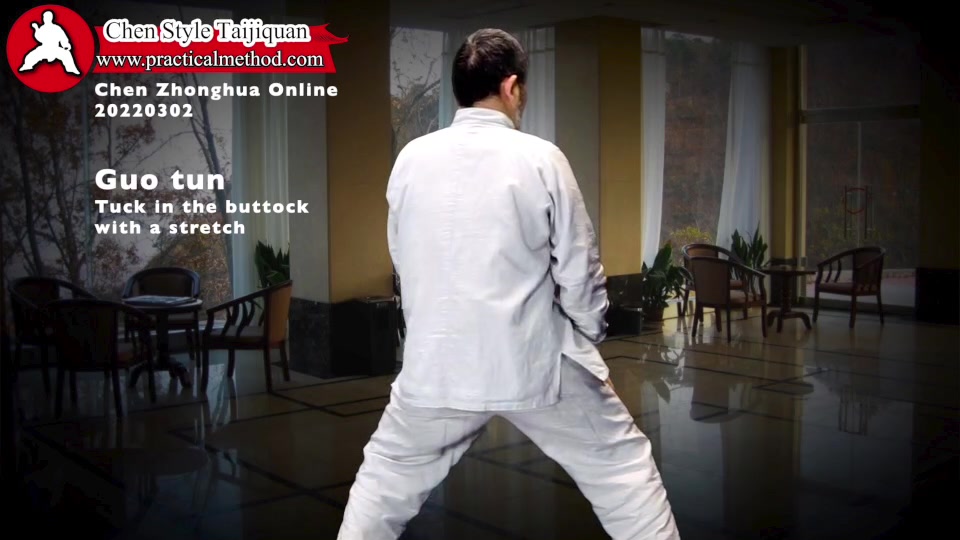
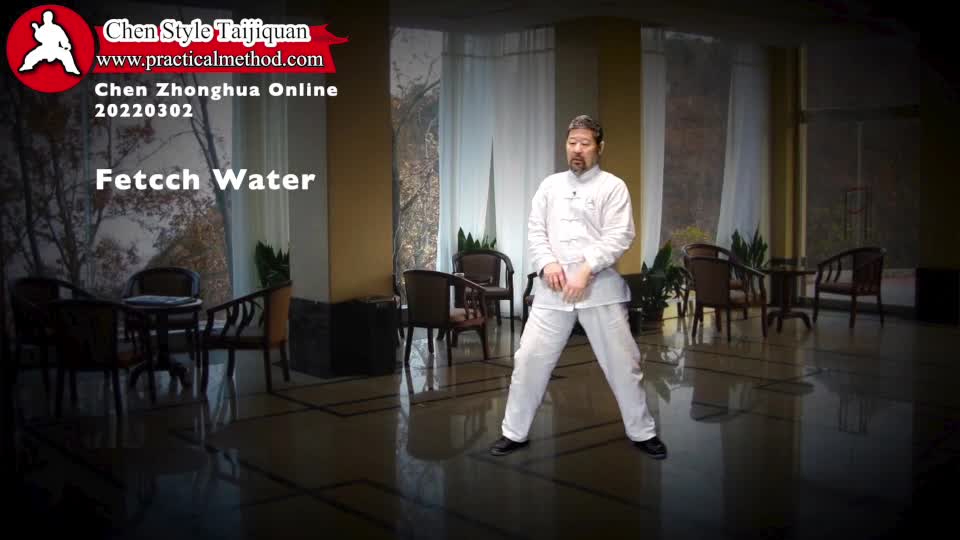
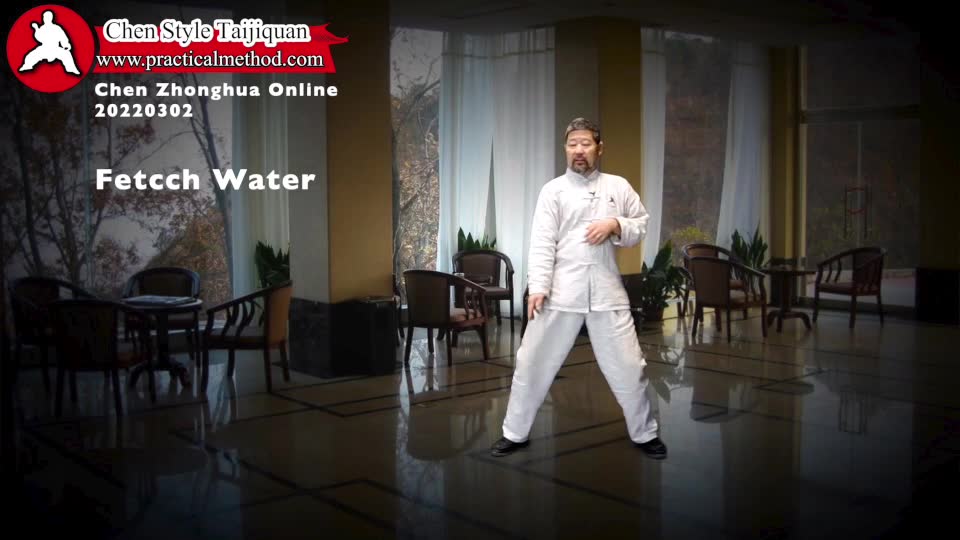
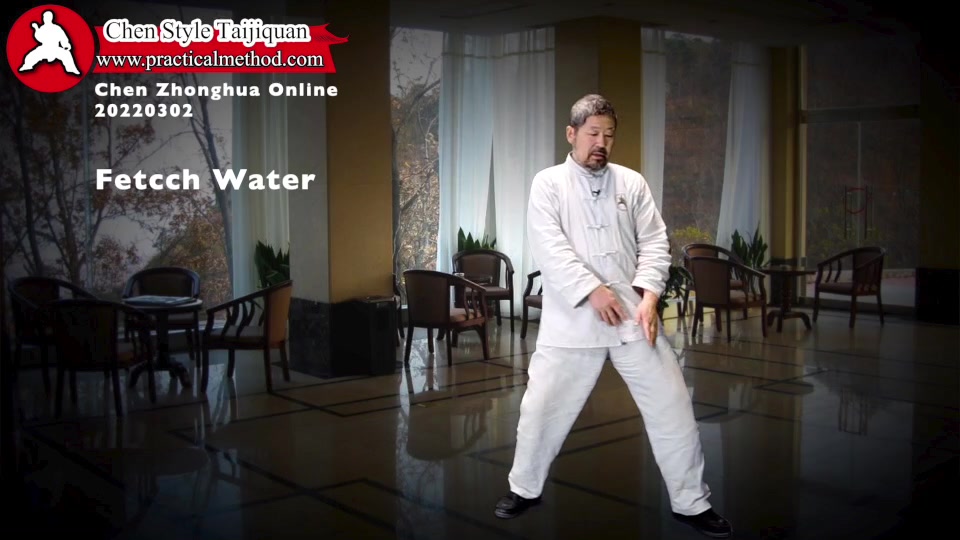
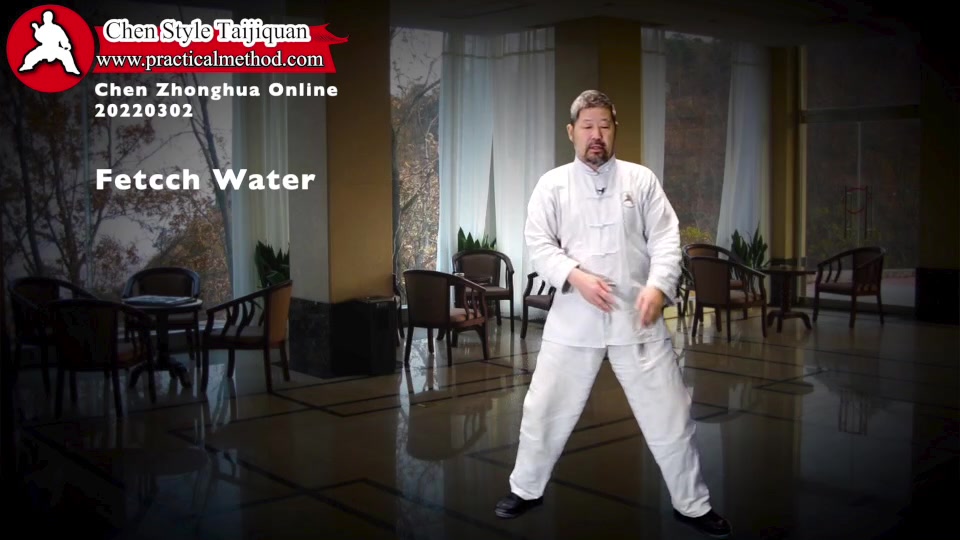
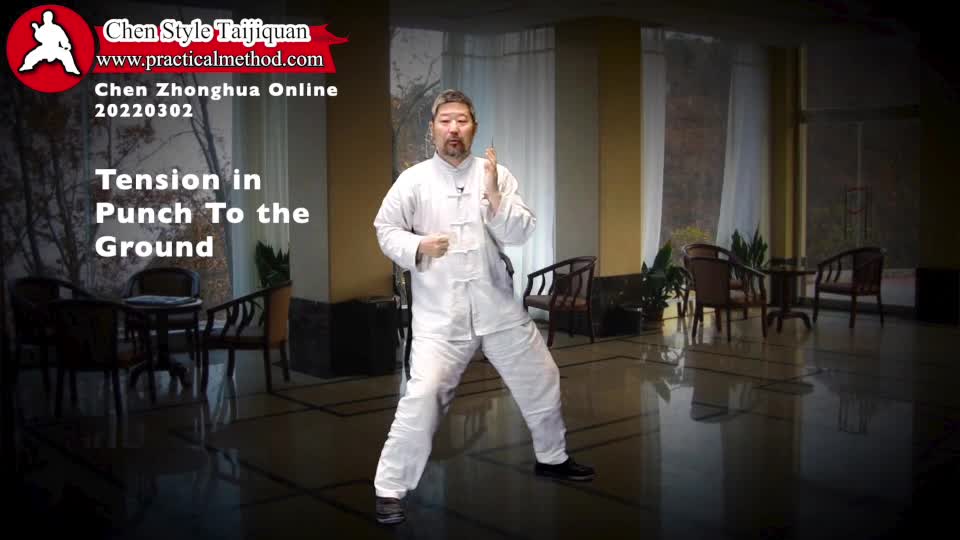
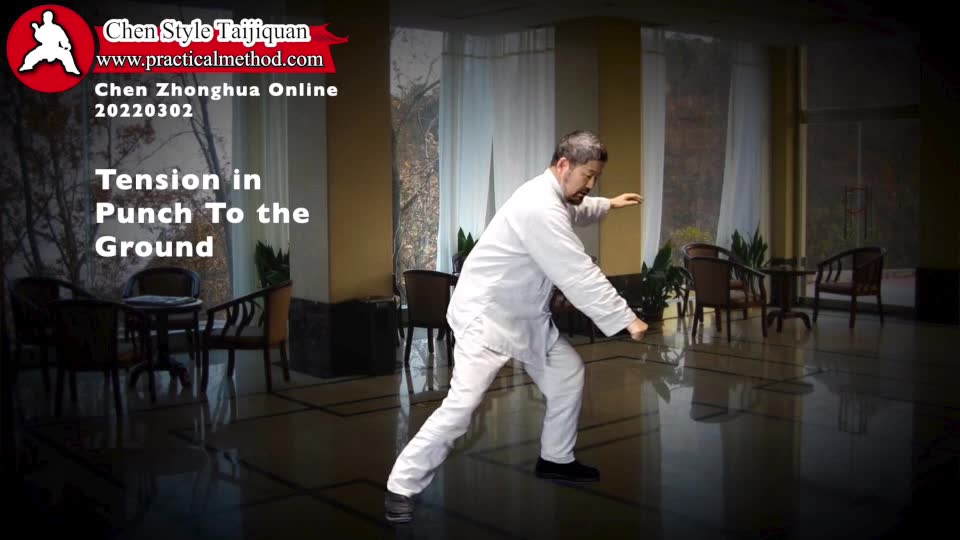

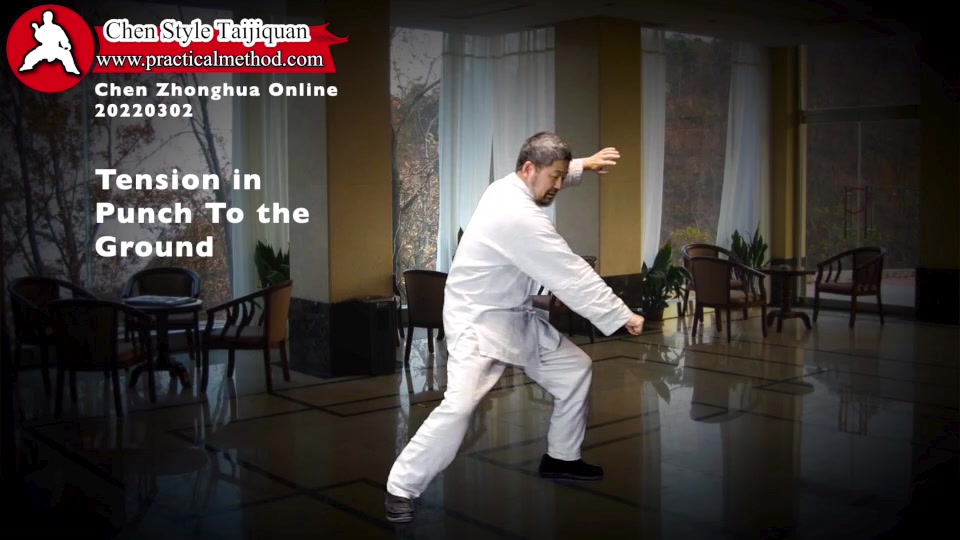
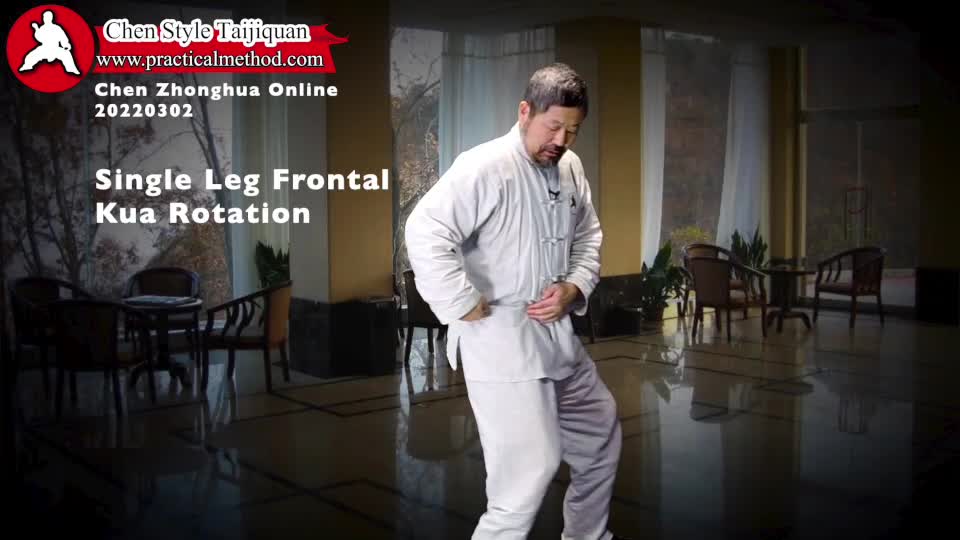
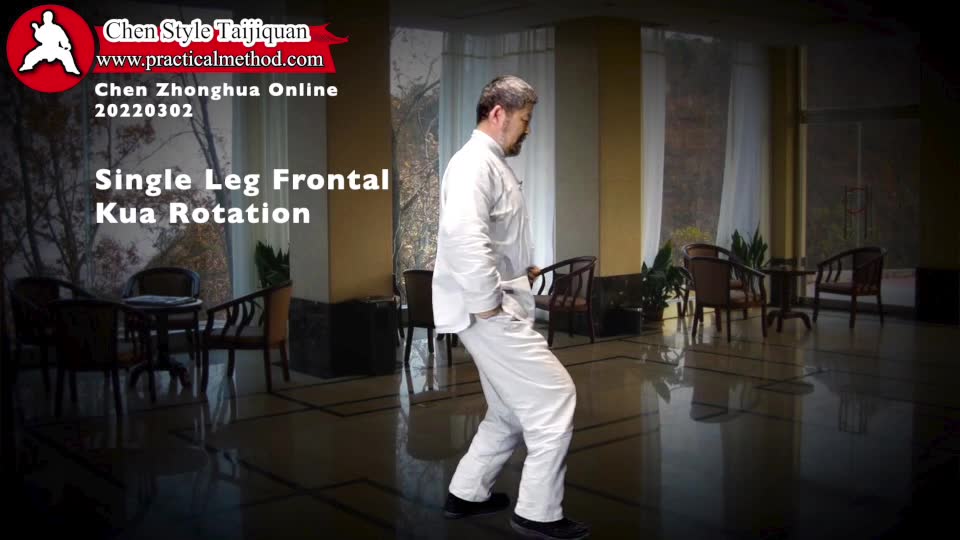
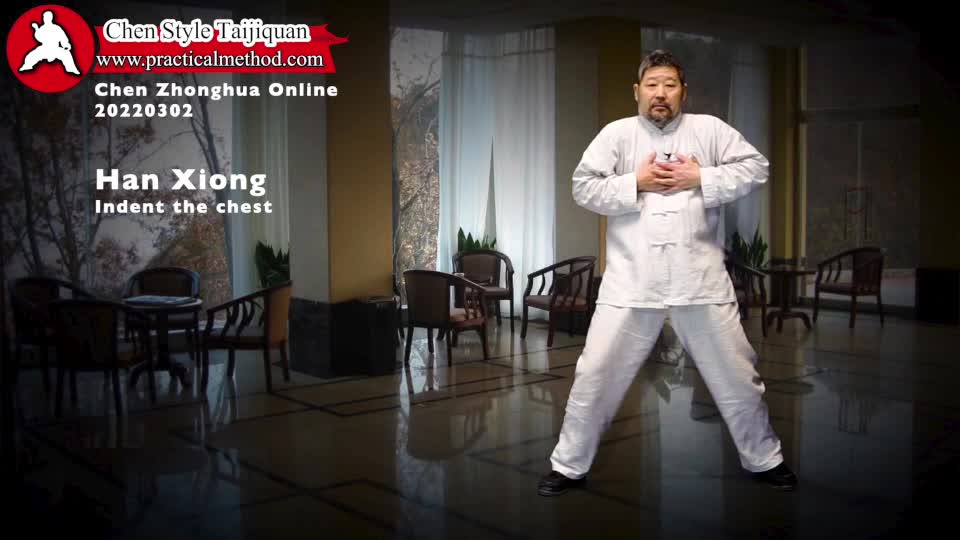
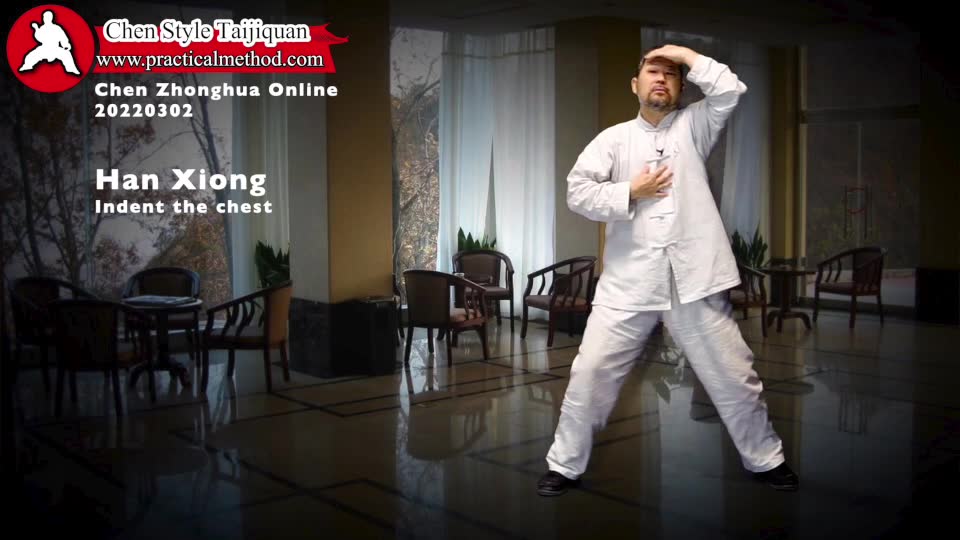
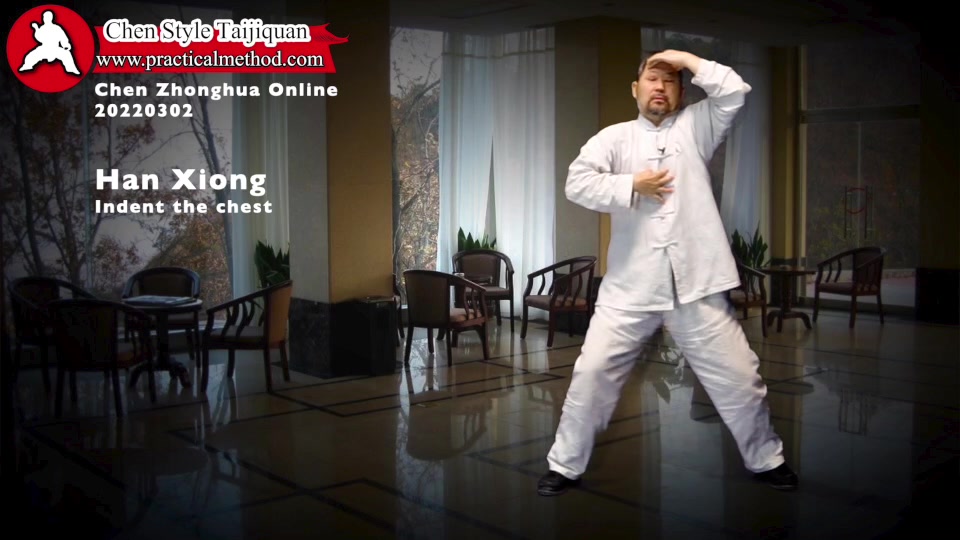
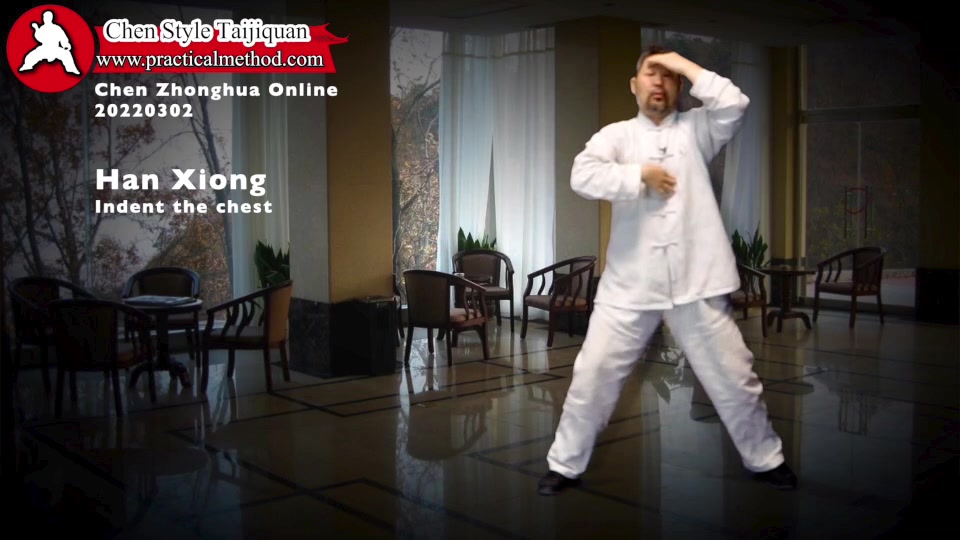
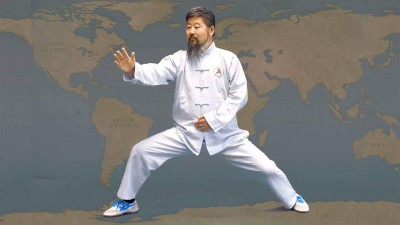
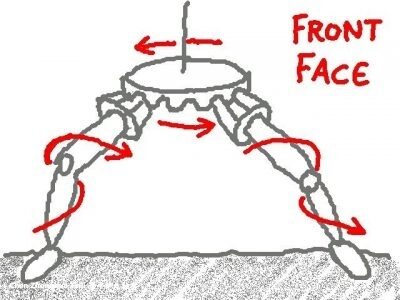
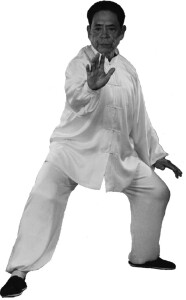
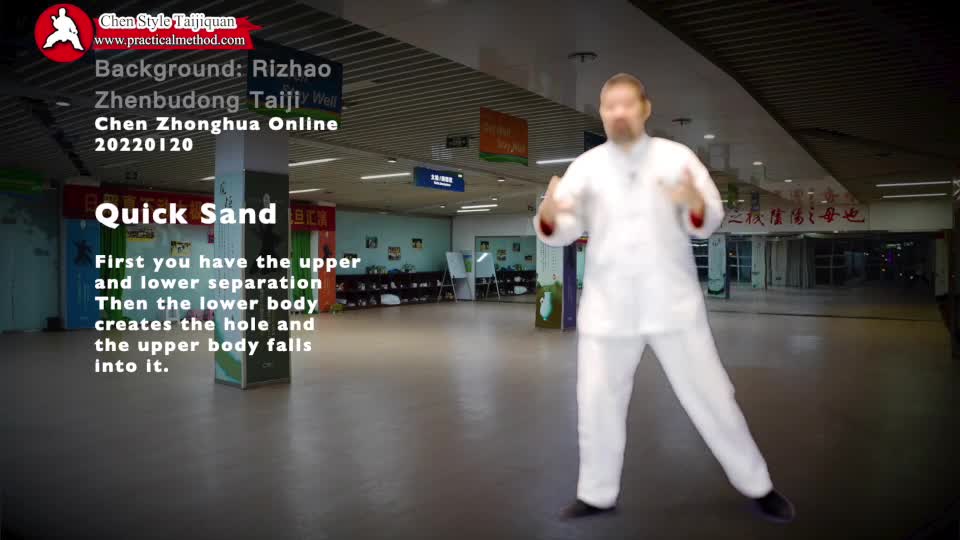
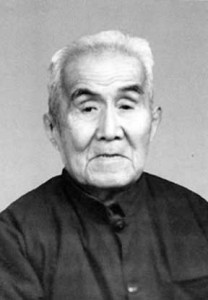
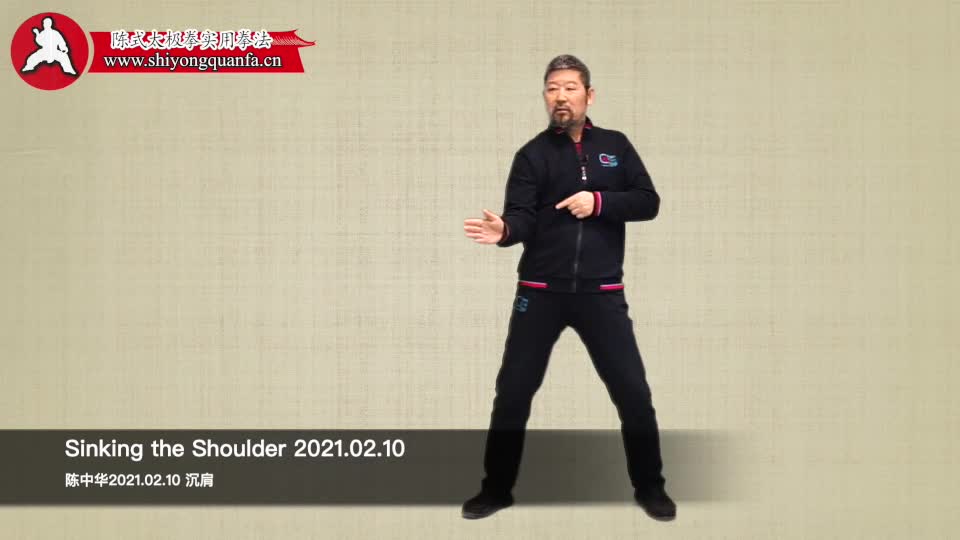
 A
A 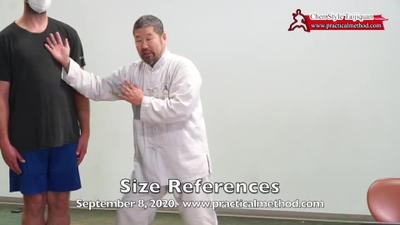
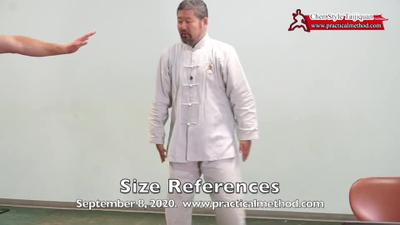

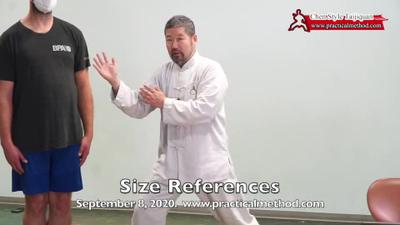
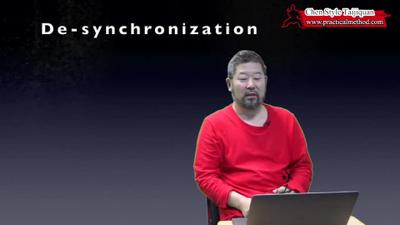

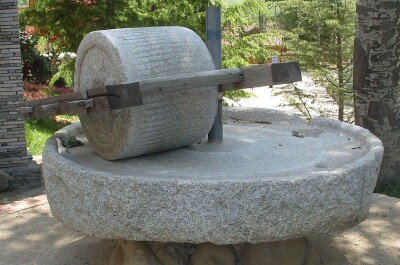
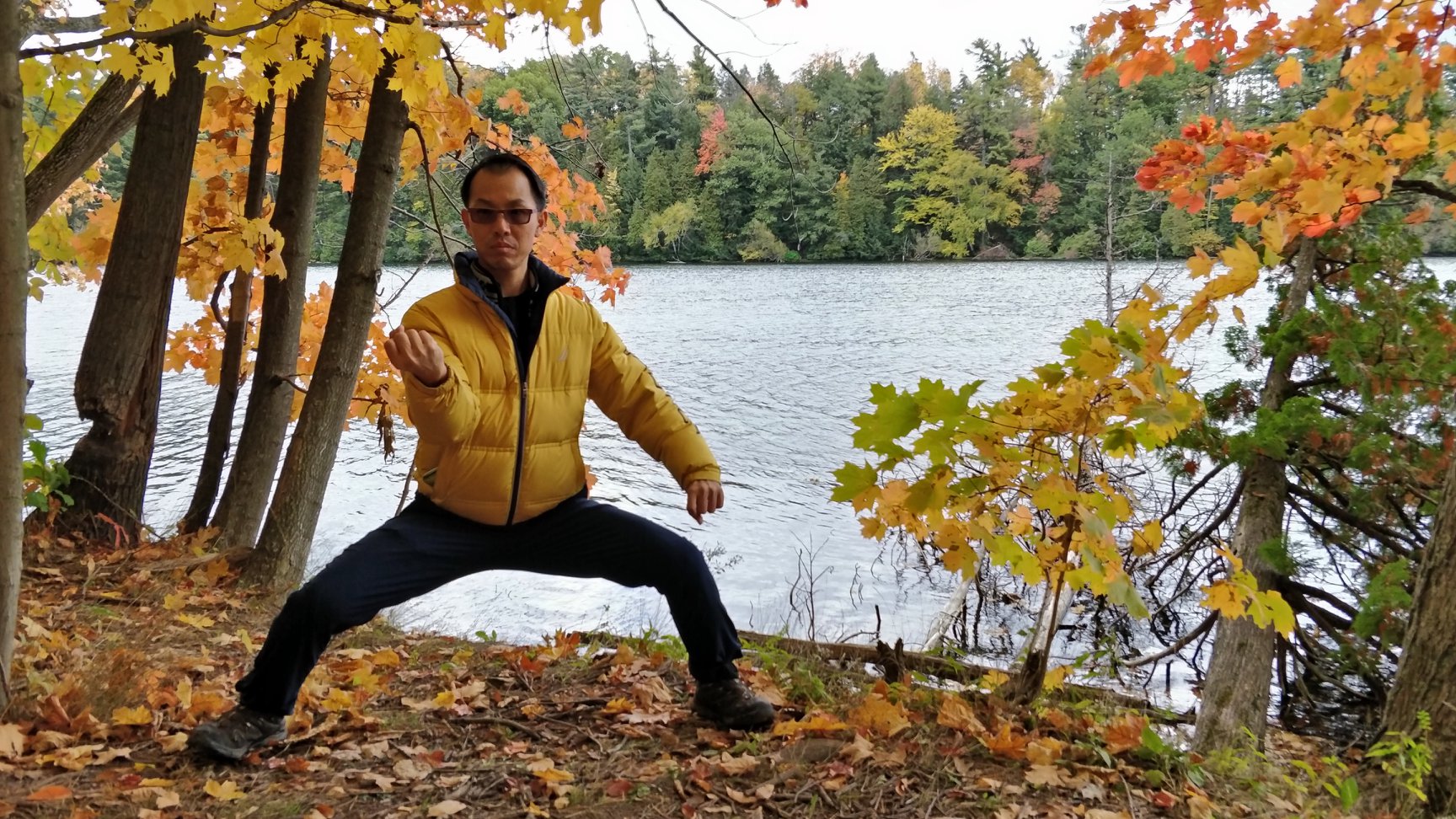
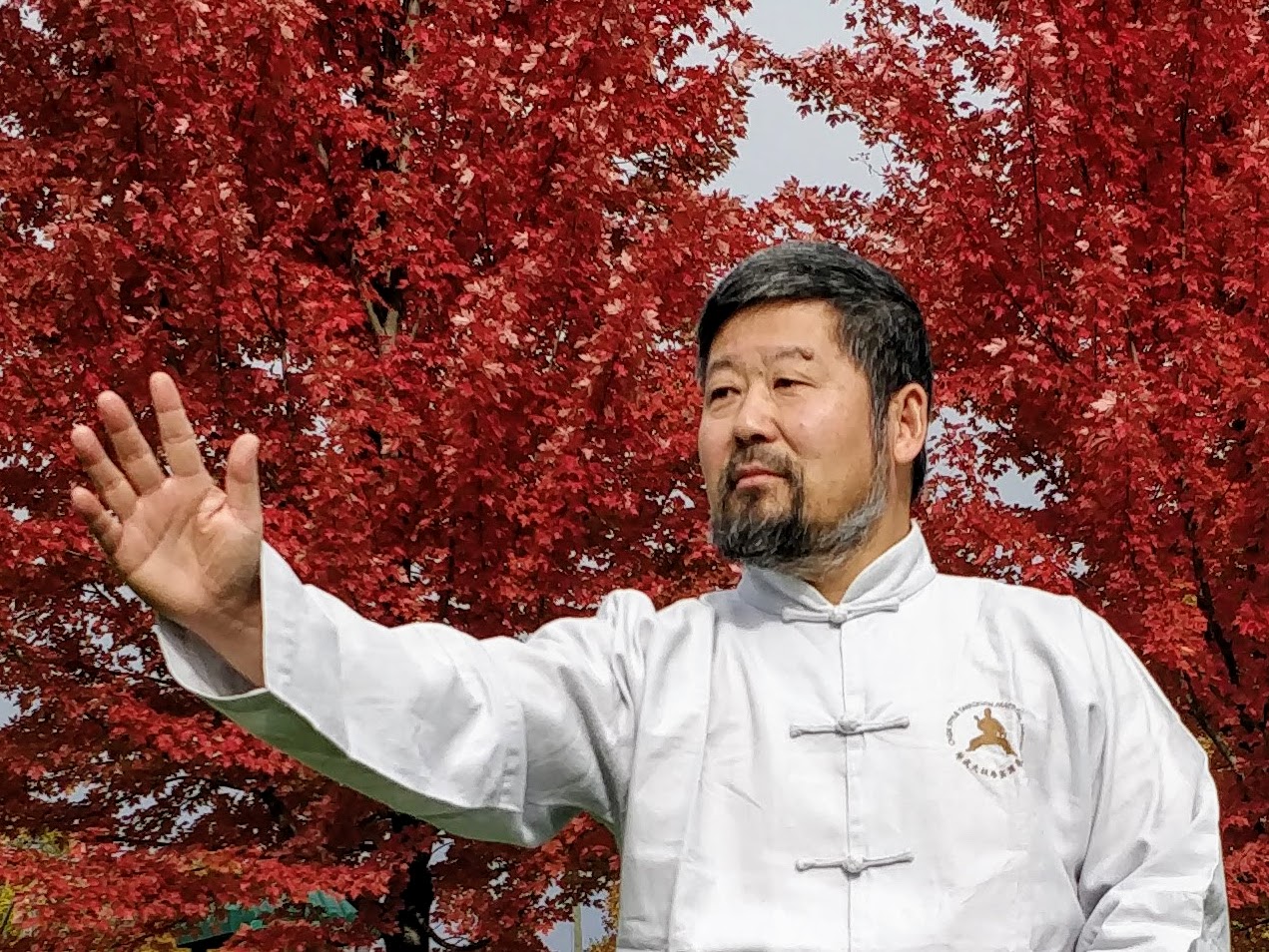
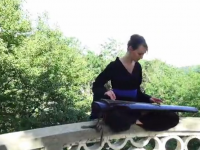 In taijiquan, we have a saying “Both hands and the heart are forgotten”, and “The body and mind are harmonized as one”. To be more direct, we say that the learning and the using are the same. Both Grandmasters Chen Fake and Hong Junsheng said, “Practice the way you would use it”. One who can achieve this level of ability is certainly a skilled person. It is unfortunately too difficult to reach this level.
In taijiquan, we have a saying “Both hands and the heart are forgotten”, and “The body and mind are harmonized as one”. To be more direct, we say that the learning and the using are the same. Both Grandmasters Chen Fake and Hong Junsheng said, “Practice the way you would use it”. One who can achieve this level of ability is certainly a skilled person. It is unfortunately too difficult to reach this level.  Taiji can certainly be considered a form of specialized technology, and like any specialized technology, this requires special language.
Taiji can certainly be considered a form of specialized technology, and like any specialized technology, this requires special language.
